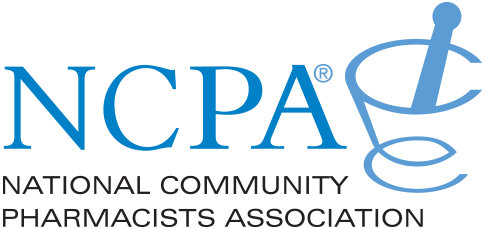About the Author
B. Douglas Hoey, RPh, MBA, is the chief executive officer of the National Community Pharmacists Association.

Lowering prescription drug costs for patients, saving taxpayers money, helping small businesses level an anti-competitive playing field: all of this is at stake.
National polling reveals that over 80% of consumers believe prescription drug costs are too high, yet only one-quarter understand the inflationary role played by drug supply chain middlemen.1
Pharmacy benefit managers (PBMs) are the parasitic traffic cops deciding which prescription drugs are covered by insurance—often overruling physicians. Counterintuitively, rather than controlling prescription costs, their business model has evolved so that PBMs make more money when the cost of prescriptions goes up. Policymakers need to act to give patients, doctors, and independent pharmacists alike a break.
PBMs entered the health care picture as useful claims processors. For several years, that system worked. But in the mid-1980s, PBMs began morphing into large corporations more interested in extracting profits from the prescription drug supply chain than in ensuring medication affordability and access. They embedded themselves into the flow of every prescription drug transaction from the pharmaceutical manufacturers’ corporate headquarters to the consumer’s kitchen table, where they linger as uninvited guests who won’t leave.
As recently reported in The New York Times, the 3 major PBMs now control 80% of prescriptions in the United States.2 Affiliated with insurers and mail-order pharmacies, the middlemen dominate nearly every facet of the prescription drug supply chain.
And that’s the problem. PBMs pick and choose what prescription drugs are covered by health insurance plans3—the more profitable, the better. Local pharmacies are tasked with competing against a stacked deck where PBMs steer patients into their affiliated pharmacies.4 PBMs also frequently pay local pharmacies less than the pharmacy’s cost to buy the drug from the drugmaker, driving thousands of pharmacies out of business.5 Meanwhile, CVS and mail-order pharmacies—which are owned by PBMs—are constantly looking to poach patients from these small, community-oriented businesses.6
This dynamic has left independent pharmacies fighting an uphill battle. Just last year, more than 300 independent pharmacies closed for good,7,8 and this trend is only getting worse. Nearly one-third of local pharmacy owners are considering shuttering this year thanks to PBMs paying pharmacies less than the cost to do business.9
For every pharmacy closure, the patients—particularly those who live in rural and underserved areas—are caught in the crosshairs. That’s because local pharmacies are increasingly health care oases in medically underserved deserts providing prescription drugs and immunizations and serving long-term care facilities.
To add insult to injury, consumers are paying more out-of-pocket costs than ever before for life-saving medications.10 The health care middlemen operate in the shadows to keep their opaque practices a secret, forcing patients to pay higher sticker prices.
B. Douglas Hoey, RPh, MBA, is the chief executive officer of the National Community Pharmacists Association.
Not only are three-quarters of patients unaware of the role that PBMs play in deciding which drugs they take and how much they pay for them, but even fewer know that PBMs make money off the patient’s prescriptions.1,10 The higher the price, the better—for the PBMs.
Fortunately, the monopolistic grasp the “big 3” PBMs have on our health care system has caught the attention of lawmakers who have advanced bipartisan legislation that would help patients lower their prescription costs and stop anti-competitive business practices. Examples include measures that would add transparency to prescription drug costs and keep PBMs from abusing their market dominance.11
But while these measures are a good step forward, lawmakers have recently put these bills on the backburner, allowing PBMs to continue increasing drug costs at the expense of patients and taxpayers. Until these measures cross the finish line and are enforced by regulators, independent pharmacists and their patients will continue to feel squeezed.
Lowering prescription drug costs for patients, saving taxpayers money, helping small businesses level an anti-competitive playing field: all of this is at stake. Federal lawmakers should finish the fight and pass meaningful PBM reform.
Stay informed on drug updates, treatment guidelines, and pharmacy practice trends—subscribe to Pharmacy Times for weekly clinical insights.